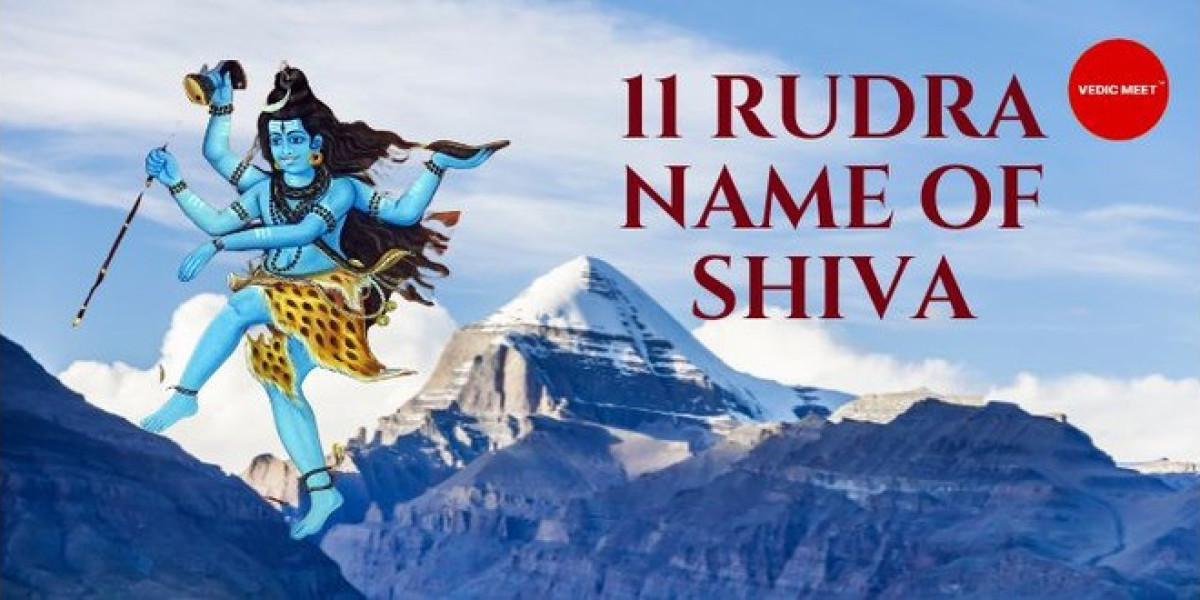One of the main Hindu deities, Lord Shiva, can be seen as the Trimurti—the Hindu trinity that also includes Brahma, the creator, and Vishnu, the preserver—as the transformer and destroyer of evil. Shiva is often related to strictures and giving up and can also be referred to as the god of yoga, meditation, and the arts.
Who is Lord Shiva?
Shiva usually appears iconographically, with a crescent moon adorning his tangled locks and a third eye, representing wisdom and insight, on his forehead. He often appears sitting atop Mount Kailash, the home of the gods, in a quiet pose with the holy Ganga River falling from his locks.
Shiva is worshipped in Hinduism in many different forms by different religions. These forms include the kind and kind Mahadeva (Great God), the strong and damaging Rudra, and Sadashiva, the supreme deity who crosses form and attributes.
Lord Shiva is worshipped by his devotees through rituals, mantras, and meditation in order to obtain his blessings for protection, spiritual development, and release from the cycle of life and death. Goddess Parvati is the divine consort of Shiva, and the two of them represent the harmony of the cosmos' male and female energies.
Because of his strong and destructive nature, Lord Shiva has been named as the Rudra in Hindu mythology. Different names or avatars are used to represent the various manifestations and attributes associated with the Rudra.
Here are 11 Rudra names and avatars:
1 Bhava: Bhava symbolises Rudra's creative side and is the embodiment of existence.
2 Sharva: Often portrayed with a bow in hand, Sharva is the destroyer of adversaries.
3 Rudra: Rudra, also known as the roaring one or the howler, represents Shiva's fierce side.
4 Ugra: Rudra's ferocious incarnation, Ugra symbolises his terrible and destructive essence.
5 Bhima: Bhima, which means enormous or formidable, represents Shiva's supreme power.
- Pashupati: Symbolising Shiva's function as an animal guardian, Pashupati is the lord of all creatures.
7 Ishana: Ishana is the goddess of the northeast and symbolises Shiva's formlessness.
8 Mahadeva: Mahadeva, which means "the Great God," denotes Shiva's unconditional and universal character.
9 Kapali: Shiva's role as the destroyer of ignorance and ego is represented by Kapali, the wearer of skulls.
10 Bhargava: Bhargava is linked to the sun and symbolises Shiva's connection for cosmic light and energy.
11 Aghora: Aghora is the soft side of Rudra, a symbol of his kind and generous disposition, frequently connected to recovery and change.
These names and avatars illustrate the multifaceted nature of Lord Shiva as the Rudra, embodying both destructive and benevolent qualities within the Hindu pantheon.



